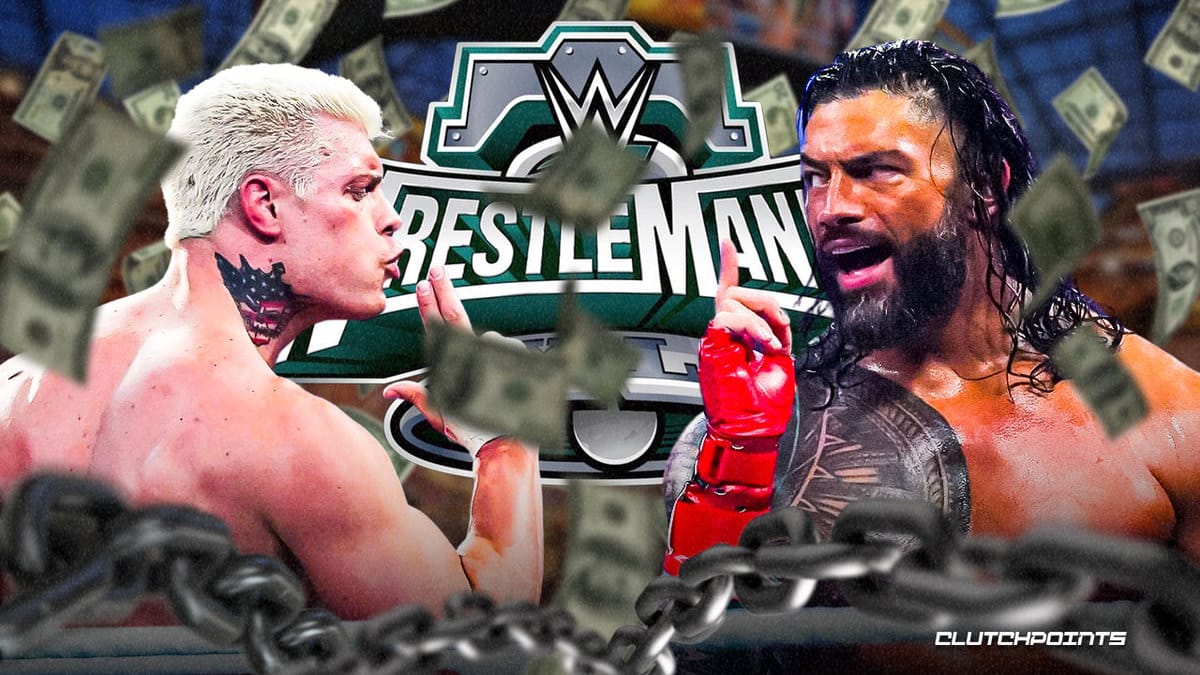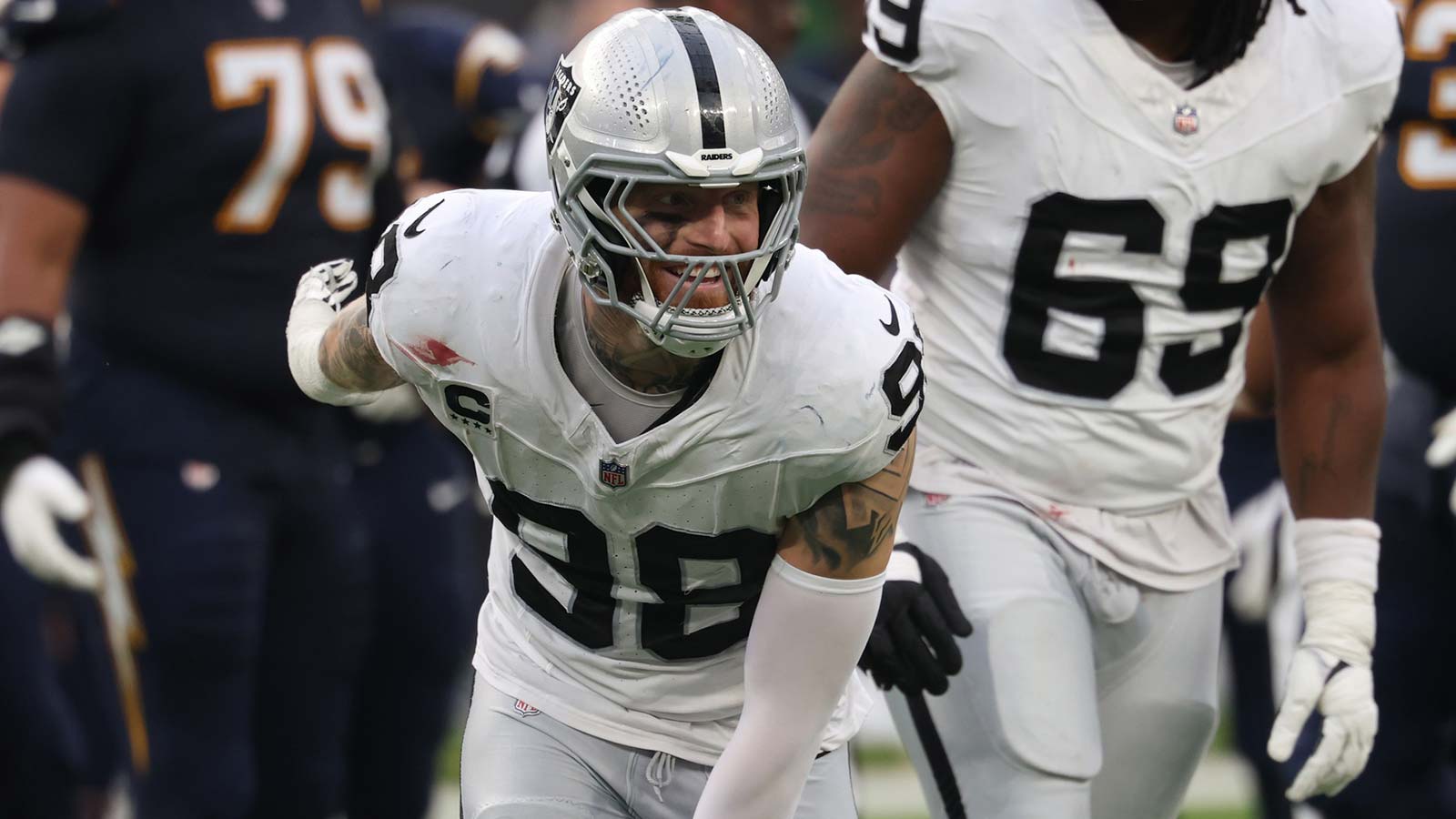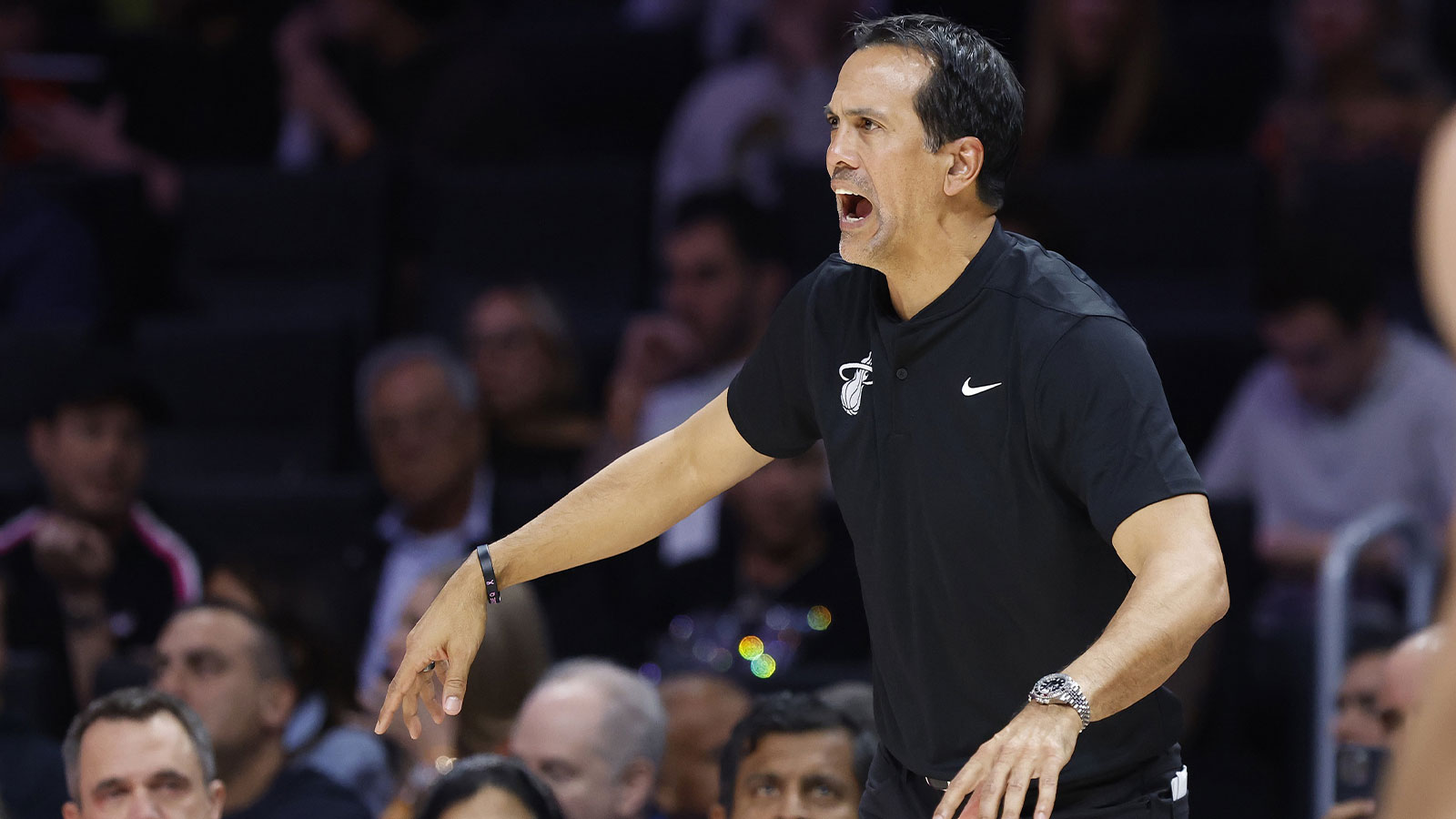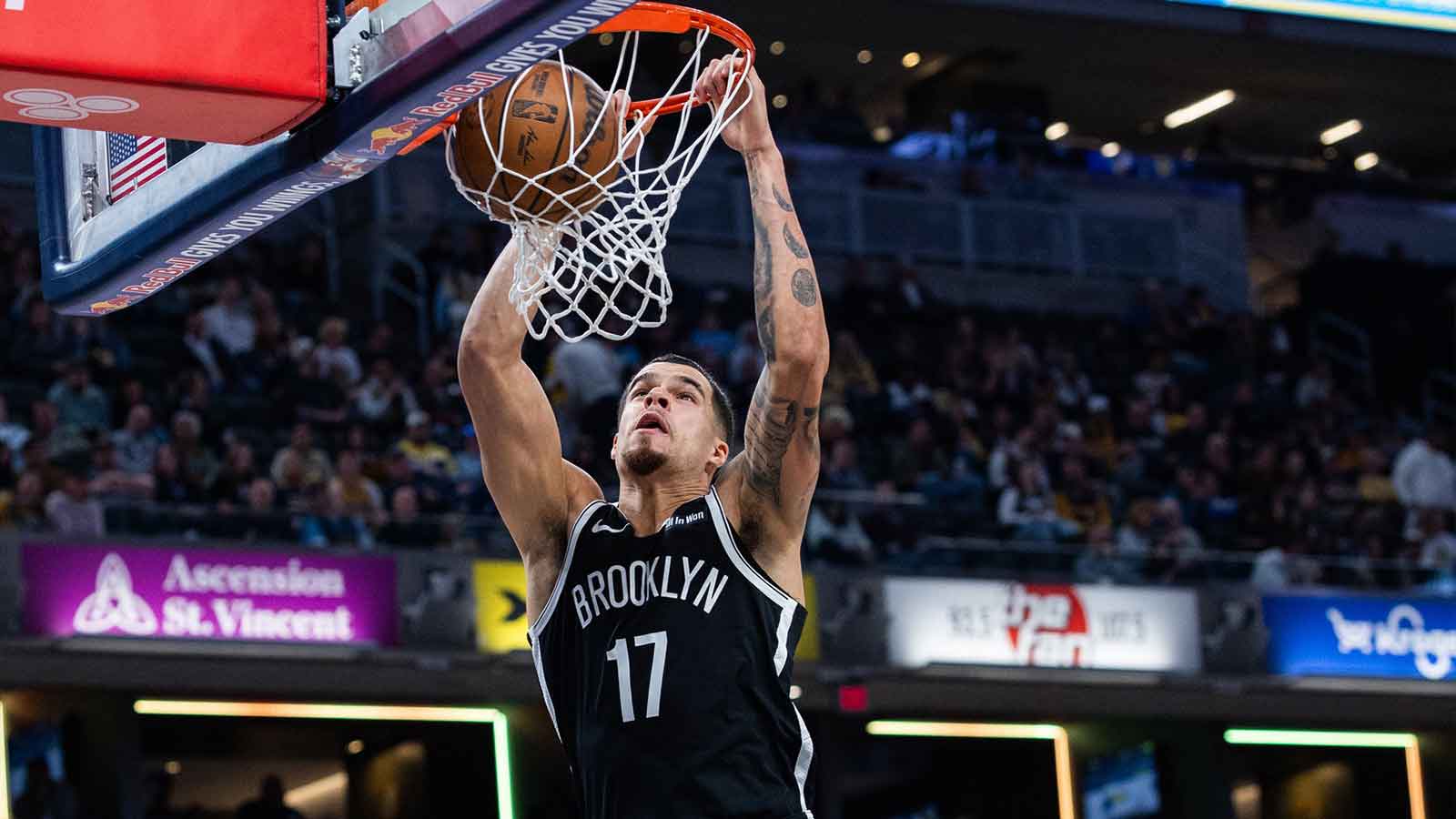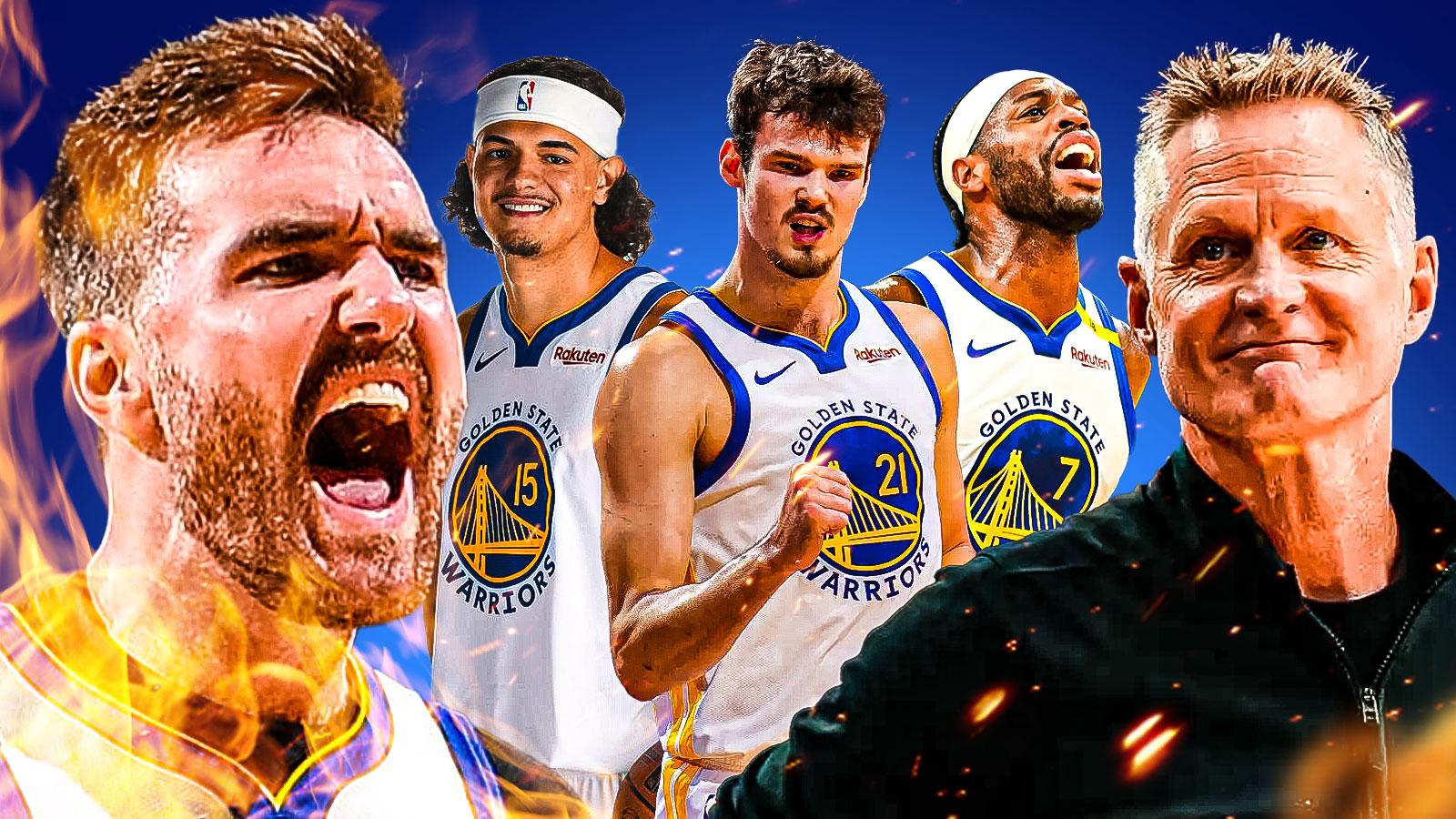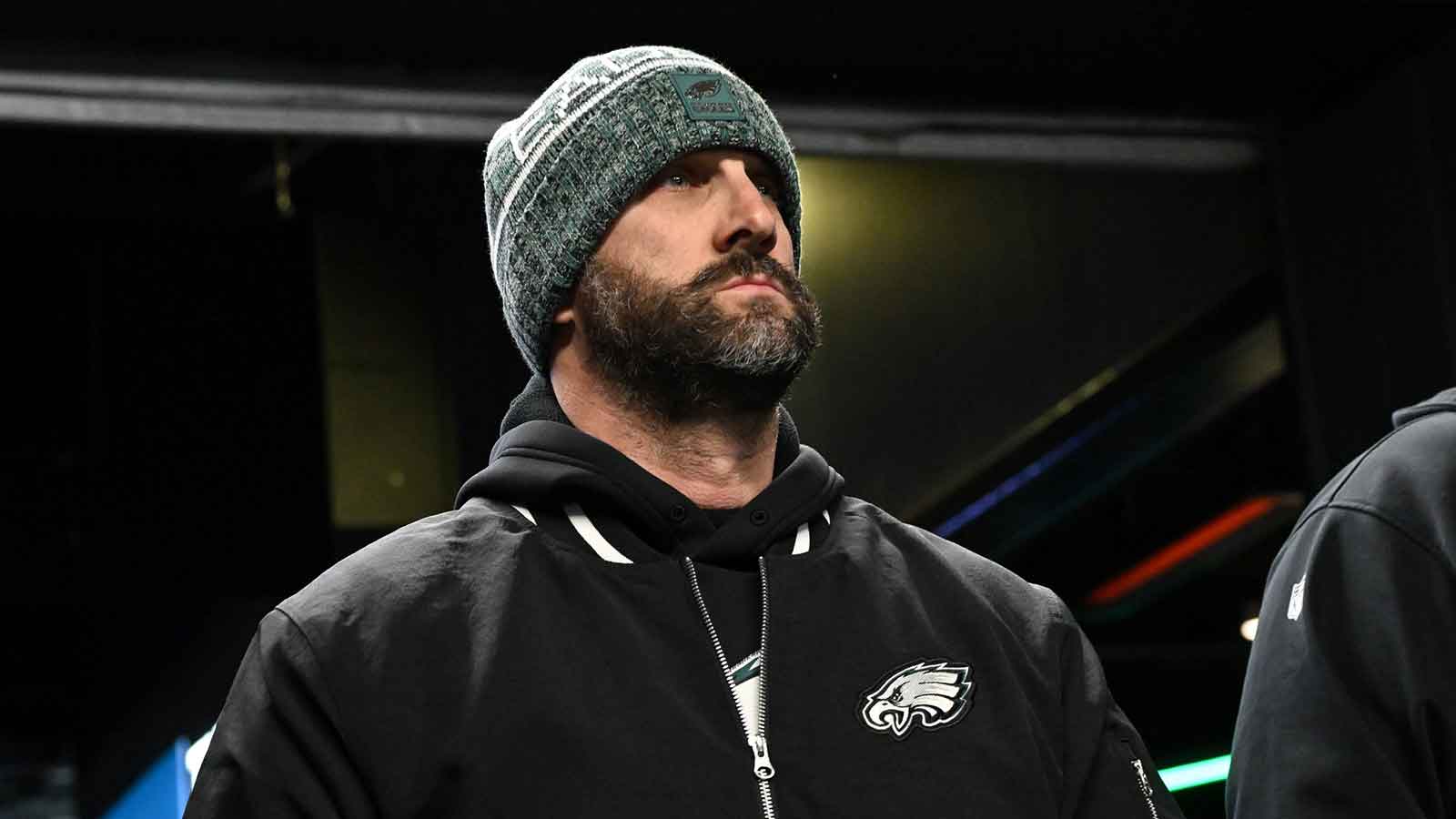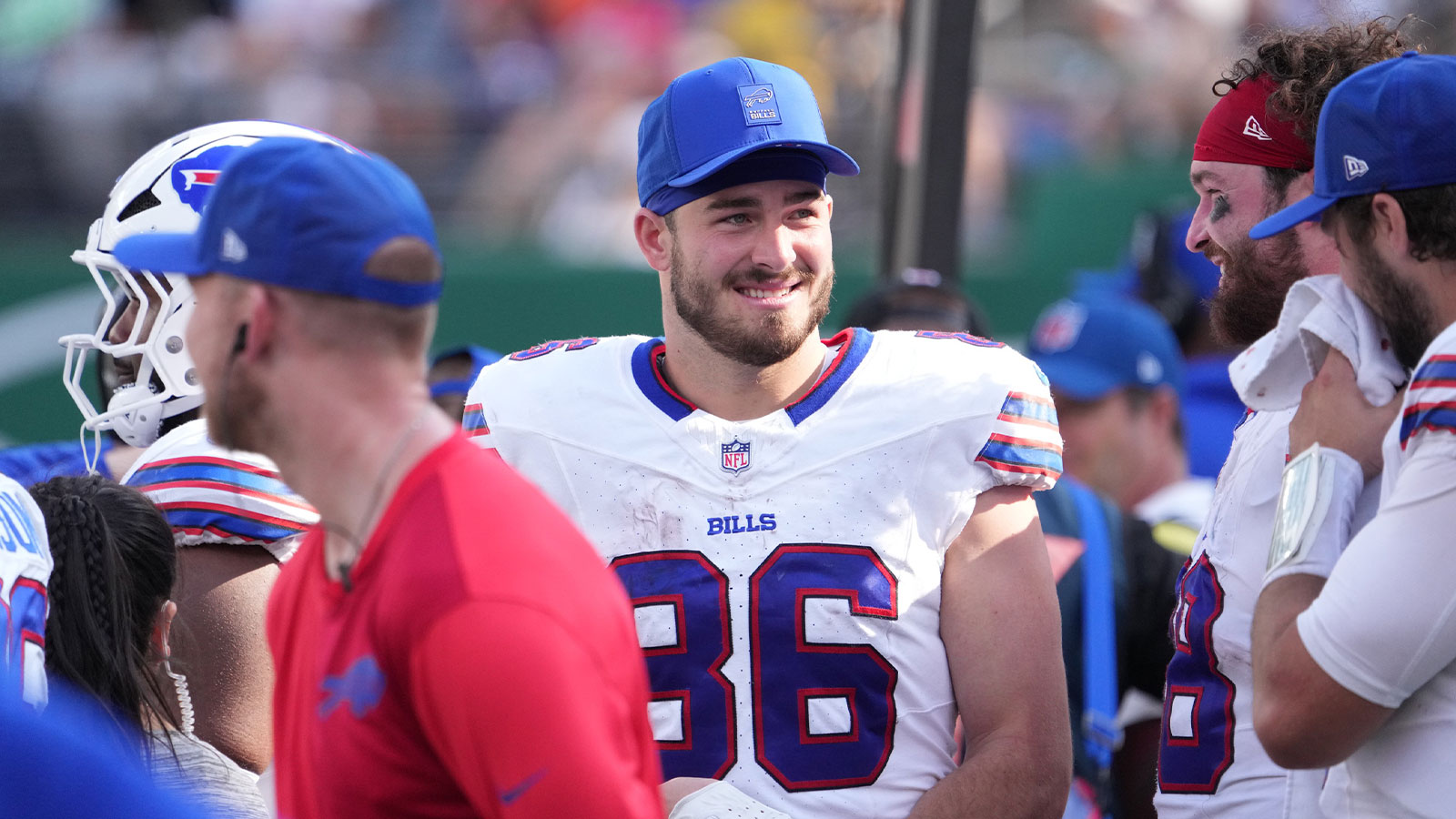WrestleMania 40 tickets went on sale this past week, and already the response has been nothing but spectacular. As of last Friday, the official start date of ticket sales after a few presales throughout the week, WWE had sold more than 90,000 tickets, as per Darren Rovell. That's an absolutely astonishing number and one that has already beaten last year's all-time gate record for WrestleMania 39. If 90,000-plus is indeed the number, it would be only the third time WWE has hit that attendance mark, with the others being WrestleMania III (93,173) and WrestleMania 32 (101,763).
WWE business as a whole is booming
The WWE hasn't seen this type of business in quite some time. Sure, you can account for inflation all you want, but the numbers are there. Here's a look at WWE's first and second-quarter earnings this year, as per WWE:
WWE first quarter earnings 2023
- Revenue was $297.6 million; Operating income was $53.1 million; and Adjusted OIBDA1 was $84.2 million
- Returned $8.9 million of capital to shareholders through dividend payments
- Each WWE premium live event (Royal Rumble and Elimination Chamber) set domestic unique viewership records with year-over-year increases of 52% and 54%, respectively
- Viewership for WWE’s weekly flagship programs, Raw and SmackDown, both increased 7%, significantly outperforming overall cable and broadcast television, which declined 15% and 6%, respectively
- North American Live Events ticket sales revenue increased 52% over the prior year period, reflecting a 37% increase in average attendance
- In April, WWE announced an expansion of its partnership with Fanatics, with Fanatics assuming management of WWE’s on-site event merchandise business as of May 1, 2023
WWE second quarter earnings 2023
- Revenue was $410.3 million, an increase of 25% and a quarterly record; Operating income was $87.3 million, an increase of 26%; and Adjusted OIBDA1 was $140.7 million, an increase of 54% and a quarterly record
- Returned $9.8 million of capital to shareholders through dividend payments
- Viewership for WWE’s weekly flagship programs, SmackDown and Raw, increased 26% and 19%, respectively, in the P18-49 demo, significantly outperforming overall broadcast and cable television, which both declined 12%
- Each WWE premium live event (WrestleMania, Backlash and Night of Champions) set global unique viewership records with year-over-year increases of 29%, 34% and 45%, respectively
- Live Events revenue increased 51% over the prior year period, reflecting continued strong demand for domestic and international events. North American Live Event average attendance was 9,870, an increase of 45% and a quarterly record
- In July, Money in the Bank was held at The O2 in London. Money in the Bank was WWE’s highest-grossing arena event in company history. Money in the Bank also set new records for viewership, sponsorship revenue, merchandise revenue and social media activity
As you can tell by looking over those numbers, everything is increasing, whether it's revenue, attendance, or viewership. Coming out of the pandemic, when not just WWE, but most other forms of entertainment were struggling without fan attendance, the product was lacking. And really, it was lacking even before that. While WWE had no problem making their dough on some of the more prestigious Premium Live Events like the Royal Rumble, WrestleMania, Money in the Bank, and SummerSlam, the rest of their shows often fell short of excitement and viewership. That included their weekly television shows Raw and SmackDown, all of which, as was reported, some had improved by over 40 percent.
But why now?
Good timing, technology
The wrestling business is an oddity in so many forms, but in this case, we're talking about the business boom side of it. No one quite knows what will spark it, but once the flame is started, it's difficult to extinguish it for some time. We saw it in the 1980s with Hulk Hogan and the Rock ‘N' Wrestling connection with MTV. We then had to wait almost another decade before the biggest boom the industry has even seen took place. WWE and WCW battled it out every Monday night for viewership supremacy, thanks to Stone Cold Steve Austin, The Rock, Goldberg, the nWo, and D-Generation X.
That era has unfairly long been used as the standard barrier for the future of the business. But nothing will ever be able to duplicate that time. The culture has changed, for one. What was humorous or satire back then is now considered crude and offensive. There's also not the same level of competition between similar companies. AEW has been a welcoming addition to what was a monopolized market, but even it can't touch the WWE machine. There's also not the burden to being handcuffed by cable television, thanks to streaming services that allow us to watch whenever and wherever we want if we have the application and mobile device to do it.
Roman Reigns, Cody Rhodes — reestablishing the narrative pieces
WWE has been looking for star power since John Cena started exchanging his jorts for suits; and WWE arenas for Hollywood silver screens. Like WWE has always done, they handpicked their guy. For the Cena replacement, it was Roman Reigns. But for the longest time, WWE fans weren't having it. They outright refused the company force-feeding him down their throats, as they had seen the schtick with Cena for too long. WWE then had to keep relying on repeated matches of some of their aging stars like Goldberg, The Undertaker, and others. It was reminiscent of WCW towards the end.
That was until they finally called an audible with Reigns when he returned midway through 2020, smack-dab in the middle of the pandemic when there were no crowds and WWE turned heel. WWE had the luxury to take such a bold move at the time. As we saw with Cena, they were always hesitant to turn him from babyface to heel. There were rumors, even concepts of the thought, but they were never produced. Now WWE has one of their largest box office stars in the company's history in Reigns, and he reset the formal narratives of good guy versus bad guy.
With Reigns, you can now appreciate his greatness while hating his bad guy character. That's what you're supposed to do. And in turn — Reigns has been so good as a heel, that he's made good guys good again. You can now feel okay again to root for the likes of the somewhat underdog, the guy who's made his name for himself in his own way, looking to finally capture what he's always coveted. That man, of course, is Cody Rhodes. There's a story to finish.
But really, there's more than just one story to finish. Now, more stories are being told and played out on a week-to-week basis, which has only increased the excitement and value of the product. There's anticipation now to get to the next show, instead of criticizing the last one. And that, really, in and of itself, is a reason alone for how WWE sold 90,000-plus tickets to an event that is eight months away.

